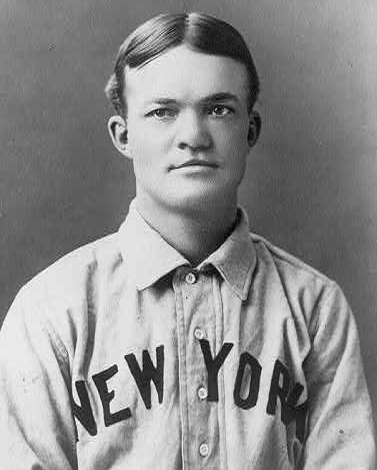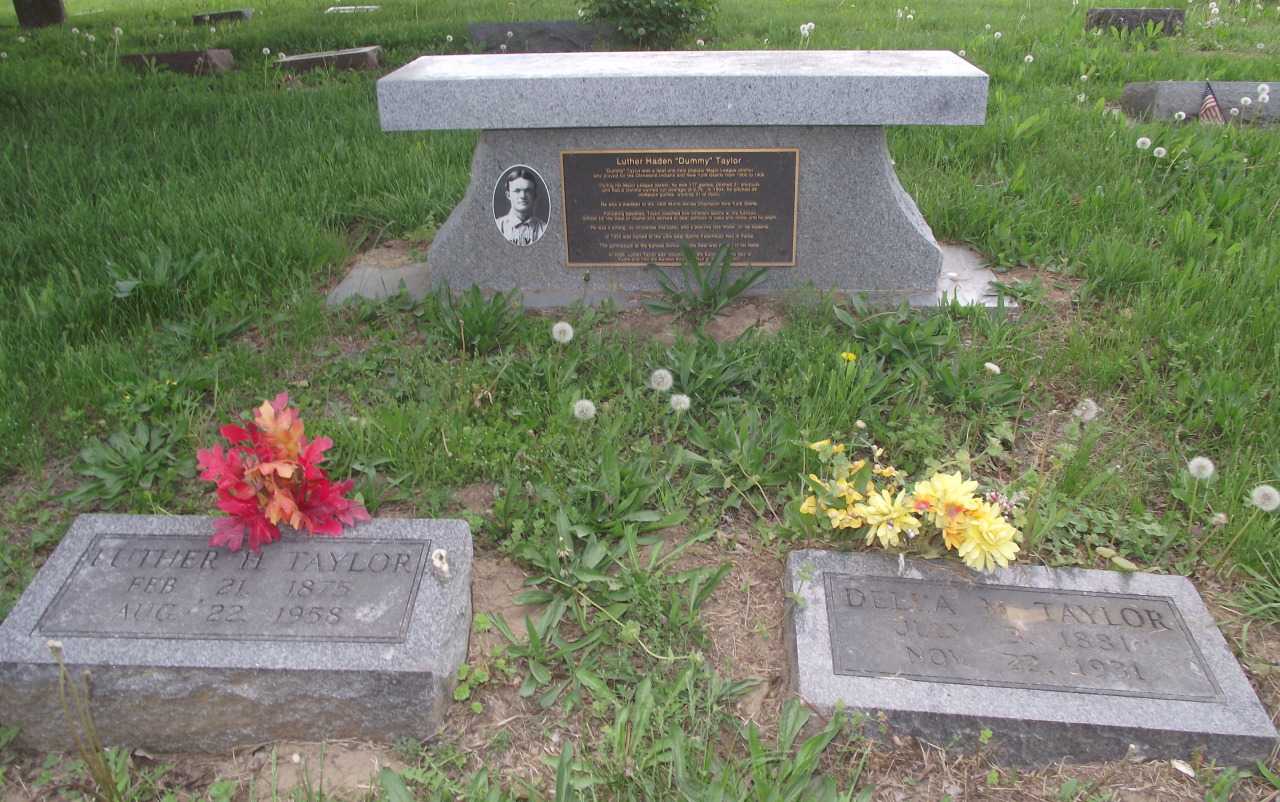Trail Park is a triangular parcel at the intersection of North 400 and East 1700 roads on the north edge of Baldwin City, Douglas County, Kansas. It features a granite marker that is situated along a portion of North 400 Road that has been in use since its creation as part of the Santa Fe Trail. Remnants of the trail are visible in the fields to the northwest of the park.
In 1907, Civil War veteran Isaiah Stickel and his wife, Jennie, donated to Baker University this small half-acre parcel along the trail route to commemmorate the Santa Fe Trail. The Baldwin Republican described this parcel as "a tongue of land having a connection to the original trail itself...because no where else is the old Trail used as a public highway." At least nowhere in the vicinity had the trail path itself been converted to a public roadway.
The four foot tall red granite marker was installed by the Daughters of the American Revolution. The students of Baldwin City also raised money to help with the installation. The unveiling was October 11, 1907. The original bronze plaque, designed by Maude Miles, was stolen in 1967 and replaced with a marble replica. The original bronze face served as a pattern for the marble replacement now adorning the face. The local Santa Fe Trail Historical Society of South Douglas County installed the new marble plaque in 1968 or 1969.
The small park included the signs/markers and no other features. There is the 1907 DAR marker, a metal commemorative sign erected in 1983 by two Baker University alumni, and a late 20th Century wood sign erected by the local Santa Fe Trail Historical Society that identifies the park. The DAR erected seven markers in Douglas County.1 Of the seven, this was the only one erected with a bronze face.
The DAR marker and Trail Park was added to the Kansas State and National Register of Historic Places in 2012 and 2013, respectively. The other two signs are non-contributing to the property.
Lieutenant Isaiah Stickel was born in April 1830 in Illinois. At 20, Stickel enrolled in McKendree College in Lebanon, Illinois. He graduated in 1855, but deferred graduation until the next year as he was the only senior in that class. Stickel became a schoolteacher for a few years until enlisting in the Illinois Cavalry on June 30, 1861 to fight in the Civil War. He was promoted to First Lieutenant in August 1862. He was discharged on April 6, 1866.
After the war, he relocated to Kansas settling in, at first, Padonia, near Hiawatha, and then Centralia, near Seneca, where he farmed and worked a mercantile business. In 1895, he moved to Baldwin City where he became very active in Baker University and the United Methodist Church, serving on the Board of Trustees, who authorized the construction of the old Methodist Church.2 He then claimed a soldier's plot in western Kansas and moved out there for a bit, but returned to Baldwin where he died in 1911.
Jennie (Spaulding) Stickel was born in New York on December 3, 1840. She married a Mr. Gaylord in 1861, who died during the Civil War. Jennie then became an army nurse for the remainder of the war. She moved with her uncle to Centralia, Kansas where she met and married Isaiah in the winter of 1871. She was also a very active member in the Methodist Church, the Women's Relief Corps, and the Women Christian's Temperance Union. She passed away April 12, 1916. Isaiah and Jennie had three children with only one surviving into adulthood. Their house, built around 1910, still stands about a quarter mile northwest of Trail Park.
1. The seven, from east to west, are at Black Jack, Palmyra, Trail Park, Brooklyn, Willow Springs, Globe, and Flag Springs (Simmons Station).
2. The original Methodist services were held in a small cabin north of Palmyra from 1854 until 1858 when the Old Castle was completed. Services were next held in the Old Stone Church (1868), now Pulliam Hall, on Baker University campus. Services were then held in Centenary Hall (1884). The old Methodist Church was a beautiful stone and brick building completed in 1904, that sadly burned down in 1930. The fourth and and final church was completed in 1932.
































